Romantic Spain
Friday, November 24, 2023
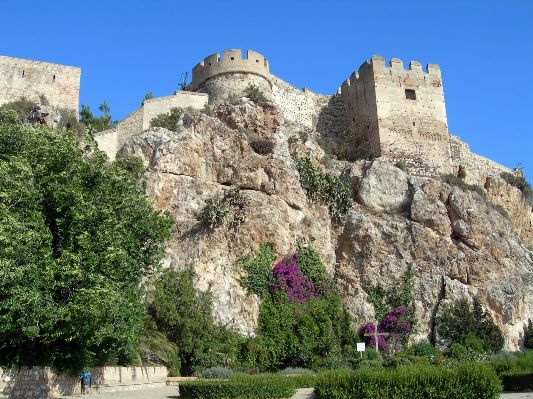
Romantic Spain, land of castles and fortresses, relics of the Arabs and Romans. Andalucia, with its image of flamenco and bullfighting. To the west of Málaga the old Spain has been erased and replaced by the glitzy coastal resorts of Fuengirola and Marbella, better known for their sun drenched beaches and package tours than for their castles. To the east lie the towns of Nerja, Torrox Costa, Almuñecar and Salobreña steeped in history. Nerja has drawn visitors to the caves since the 1950s but what of the castles of area, and Roman ruins. Volumes have been written about the palaces of Granada, the last stand of the Moors against the mighty armies of Castille and Aragon led by Ferdinand and Isabella, the Catholic Kings. Little has been chronicled of the castles of the eastern Costa del Sol, the gateway to North Africa, ripe with piracy in the Middle Ages and attacked by generations of would-be Arab rulers. The gloss of the travel brochures show scantily clad bodies and relentless sun but nothing of the magnificent peaceful gardens of the castle of Almuñecar, Salobreña and Almeria.
Almuñecar is situated 15 km west of Salobreña, 56 km south of Granada and 18 km east of Nerja. En route from Nerja, you witness such beauty spots at La Herradura, "the horseshoe", an apt name for the shape of the bay, and the salubrious development of Marina del Este snuggle amongst the trees on the hillside. The road winds down to the coast when you leave the main road, and runs beside a shingle beach lined with cafes where you can sip your beer and watch the waves roll onto the shoe. Follow the road towards town and take the turn for Castillo San Miguel. The road twists and turns and suddenly you arrive at the ruined Moorish castle. It was a stronghold of the Kings of Granada and where they kept their treasure before being ousted by Ferdinand and Isabella in 1492, the same year as Columbus discovered America. The narrow cobbled streets between cube-shaped houses are negotiable by car, and, if you have a good sense of direction, you can drive through to the centre of town.
The coastal town of Salobreña lies 10km east of Almuñecar. The coastline to Salobreña along the tropical coast is wild and rugged. To the left are the awesome peaks of the Sierra Nevada and to the right the glistening blue of the Mediterranean. Salobreña stands unmolested by mass tourism, although now boasts an eighteen-hole golf course; in the winter the snow-capped Sierra Nevada provides a magnificent backdrop to the green of the third hole. The narrow winding streets of the town remain as a tribute to the Moorish era, the cube-shaped buildings nestle together beneath the looming fortification of the Arab castle. The maze of narrow streets defies the sense of direction and one encounters colourful plazas and little cafes tucked away in the back streets. Calle Antón Segovia leads directly to the gates of the castle, a pretty paved avenue with plants and flowers. The castle has served as a retreat for the Muslim Kings, a defender of the port and beach, and also as a prison. It was one of the most important strongholds on the coast of Granada both from civil and military points of view. Most of the restoration work was done during the Muslim period, but there is evidence that other work was carried out during the reign of the Catholic King and Queen after the earthquake of 1494. The work continued in the 16th and 17th Centuries. During the late 17th Century and 18th Century, the importance of Salobreña deteriorated despite being kept as a defence against pirates.
In the 19th Century, its prestige was restored when the castle was used as a fortification against the invasion of the French troops. No further news can be found until 1956 when restoration began again and the Granada newspaper "La Patria" uncovered some earlier articles about the castle as well as some hand-drawn plans. The castle is now fully restored and summer festivals are held every year on its grounds.
Further down the coast, Almeria is home to yet another imposing castle. The drive from Salobreña takes about an hour and the terrain changes dramatically. Gone are the orange groves and fertile valleys to be replaced by a sea of plastic posing as greenhouses - a scar on the landscape. From these eyesores the mountains become rocky, yielding neither crop nor greenery. The road snakes along the coast and eventually straightens into long avenues. Almeria looms, its Alcazaba is the focal point of the town. The Arab fortress was built by the Caliph of Cordoba Abder-Rahman III, enlarged by Almanzor and completed by Hairan, and covers an area of 35,325 sq.m. with a perimeter of 430 metres and an average width of 83 metres. The castle is situated on a small hill, 95m high, close to the sea and lying east-west, which provides a natural defensive wall and shelters the ravine of La Hoya (the jewel), the site of the original city on the side of the hill. The hill also overlooks the small cove formed between the foothills at the edge of the Sierra de Gador and the mount of the Rambla de la Chanca river - a fishing district whose name still recalls tuna fishing store.
Some kind of fortress must have always existed on the castle hill for defence and look-out purposes to guard the natural harbour of La Chanca, which was used firstly by the inhabitants of Iberian Urci, then came under Roman occupation, and although its population disappeared or was dispersed during Byzantine and Visigoth eras, the settlement reappeared during Arab domination under the name of Bayyana (Pechina) using La Chanca as its port and the castle for the defence. The castle was enlarged and modified in the time of Abdurahman III ad the Almedina was built in front of it, by the sea, surrounded by walls. This led to the founding of the city of Almeria in 955, the Arab town of Bayyana gradually ceding to Almeria as the capital of the region, due to the importance and security afforded by the castle to the Moors of the Almedina.
The castle underwent changes under different Moslem governors, such as Almanazor and Havran the Slave, the first independent ruler-lord of Almeria, who extended the walled area of the city towards the plain by three times the size of the original city of Almedina. The time of Banu Somahdis brought an era of splendour and was the setting for a cultured and literary court in the 11th Century. Later, in the 14th and 15th Centuries, under the Kings of Granada, it retained only its role as a coastal defence. It underwent two sieges, which demonstrated its effectiveness as a fortress; one in 1147, when it fell for the first time to the Christians of Alfonso VII, who was helped by the Genoese, the Catalans and the people of Pisa; and the other in 1309, which lasted a year, when James II of Aragon failed to take the castle.
On 26th December 1489, it was surrendered to the Catholic Kings and subsequently, in 1522 and 1560 - was partially destroyed by earthquakes. Having been abandoned since 1800, its reconstruction was begun in 1950 to restore it to its former glory and today it stands as a reminder of the fierce and warlike past of the area, representing to the Almerians the history of the founding and origins of their city. Much of the grounds have been cultivated and developed into beautiful gardens, a tranquil place to visit on a sunny afternoon. It seems impossible that the rigours of war and earthquakes once threatened to destroy the castle.
Southern Spain is littered with such remnants of the past, pieces of history fitting into a jigsaw and enriching our knowledge of another way of life.
 2
Like
Published at 8:10 PM Comments (0)
2
Like
Published at 8:10 PM Comments (0)
Torremolinos: The Budget Spanish Beach Town Loved by Tourists and Celebrities
Thursday, November 16, 2023
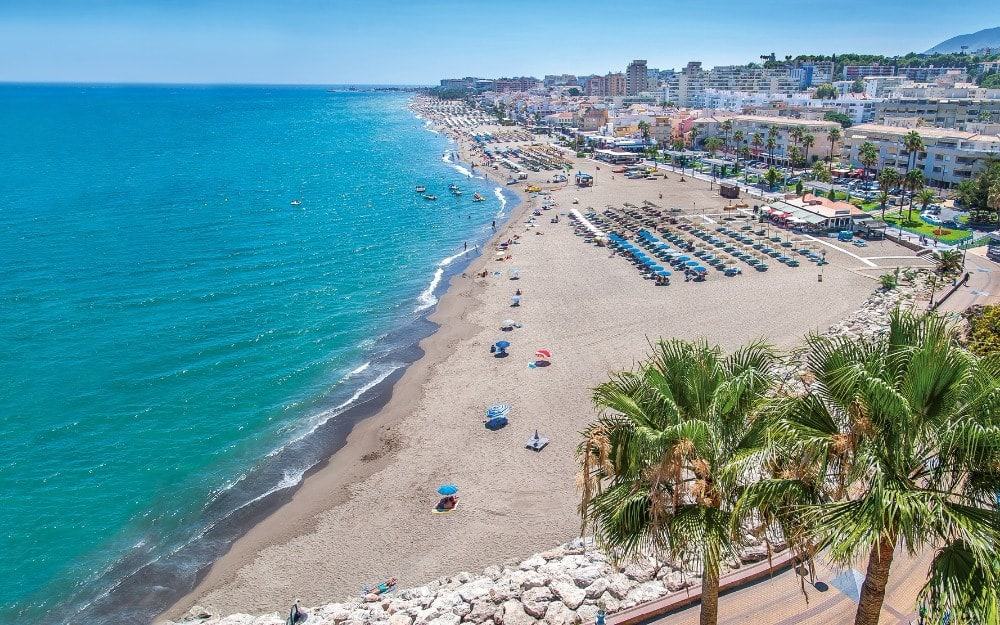
Torremolinos, situated on the famed Costa del Sol, is gaining significant recognition and increasing popularity as the top sun-soaked holiday destination. This budget Spanish beach town claims the most sunny days per year and has even captured the hearts of multiple Hollywood A-listers.
Most travellers to the Costa del Sol have their eyes set on popular sites such as Malaga or Marbella. However, there's a new contender in town – Torremolinos. Located just a short 10-minute train ride from Malaga, this sun-kissed town boasts a multitude of attractions, making it a favourite among the British back in the 1950s.
Based on a recent study by IDILIQ Hotels and Resorts, Torremolinos not only ranks as the happiest spot on Costa Del Sol but also has the most sunny days each year. This spectacular town was home to Spain's first gay-friendly bar, opened in 1962, signifying its progressive nature.
In recent years, Torremolinos has experienced an incredible revival, marking a significant rise in its popularity. Local media reported a record-breaking increase in overseas tourists and overnight stays during August, signifying the town's resurgence as a popular holiday destination. A significant contribution to this growth is the new €6 million train station, which makes getting to this sun-drenched town a breeze.
The town is known for its glorious five-mile stretch of sandy beaches embellished with bars and cafes, offering plenty of fun places to drink, dine, and relax. Among the six beaches, La Carihuela Beach stands out for its extensive length and historical reputation for attracting famous stars like Orson Welles and Grace Kelly.
Apart from La Carihuela, other popular sandy spots include Los Alamos, Playamar, Bajondillo, and Montemar. A haven for budget tourists, Torremolinos presents an affordable nightlife with beers priced as low as €1.60.
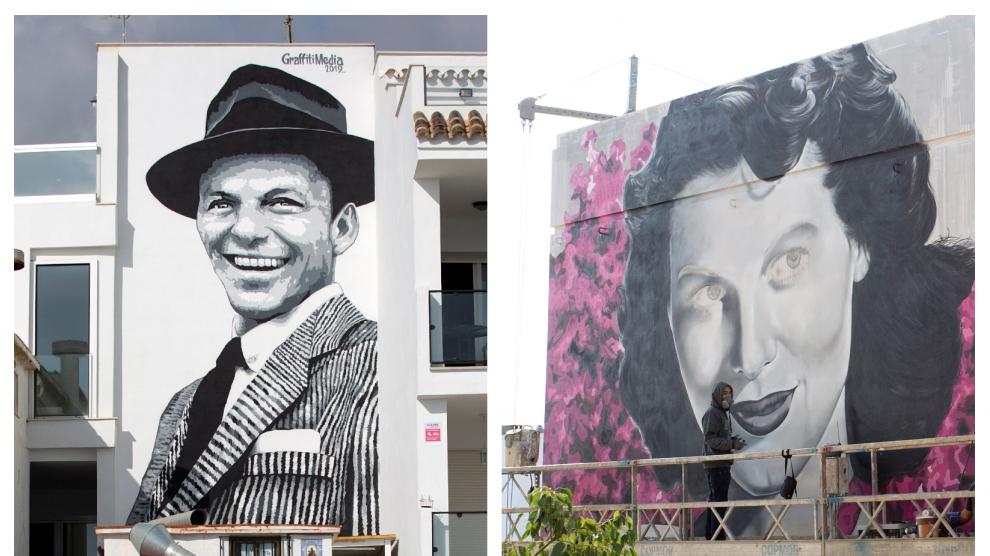
One of the top photogenic spots in the town is the Ruta de Murales, adorned with murals depicting the town's famous visitors including Samuel L Jackson, John Lennon, Frank Sinatra, Picasso, and Salvador Dali.
For fun-seekers, the town hosts the largest water park on the Costa del Sol. Named Aqualand, this water wonderland is full of thrilling water slides, kid-friendly play zones, hot tubs, and a wave pool. Sport enthusiasts can also enjoy the tennis courts that have been graced by Novak Djokovic on several occasions.
The future looks bright for this sun-soaked resort town with a massive €515 million shopping centre set to open soon. Despite being announced in 2016, the project has been delayed multiple times, but the anticipation and excitement remain undeterred.
Winter travellers need not fret, as Torremolinos is a hit even during the colder season, with several bars and clubs remaining open. Even though the journey from the UK to Malaga is less than three hours, flights surprisingly start from only £14.99 with Ryanair. From the Malaga airport, Torremolinos is reachable in a swift 10-minute train ride.
With its increase in popularity, affordable prices, and accessibility, Torremolinos is poised to become an unforgettable Spanish seaside resort on every traveller's radar.
 1
Like
Published at 9:33 AM Comments (1)
1
Like
Published at 9:33 AM Comments (1)
Two Birdies With One Stone
Friday, November 3, 2023
Thirteen unique cities and golf courses to enjoy. Spain's World Heritage Cities are a good alternative when it comes to planning a golfing holiday. You can enjoy your favourite sport and also discover monuments that will leave you speechless. Seeing is believing: Spain is perfect for golfers who also like art and culture. Here is the proof.
Play golf with sea views or surrounded by mountains. Admire buildings with different artistic styles and stroll through streets packed with history. See for yourself just how varied Spanish gastronomy is... These are just a few of the options available on this kind of sporting holiday: those to be found at Spain's World Heritage Cities.
Salamanca, Segovia, Santiago de Compostela, Cordoba… You have probably considered these places as perfect destinations for a cultural holiday. And for a day's golf? They are ideal too - you will find one or more spectacular golf courses close to all these cities. In general, they are modern facilities with good access and excellent value for money. What is more, there are courses to suit all tastes, ideal for experts and beginners alike. So get your clubs ready, because in Spain's thirteen World Heritage Cities you will have the chance to discover some of the country's most important monuments, and have fun getting over obstacles on the green.
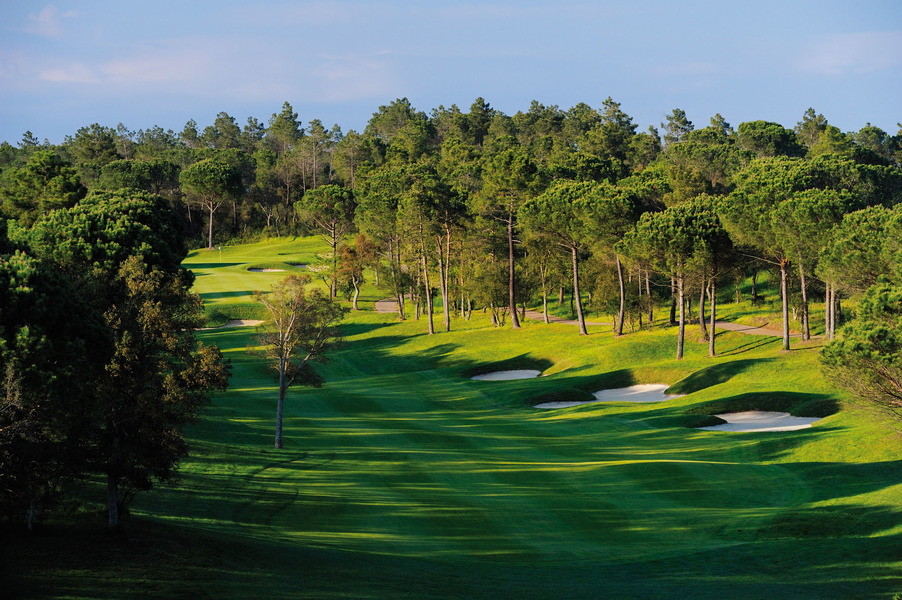
Several of these cities are located in central Spain. In Alcalá de Henares, just 30 kilometres from Madrid, don't miss the University, Main Street and the birth house of Miguel de Cervantes; later, practise your swing at the Encín Golf or El Robledal golf courses. In the Castile-La Mancha region there are two further destinations: Toledo and Cuenca. In the former, you should explore the narrow streets of its historic old town, where Muslims, Jews and Christians once lived together in harmony, and later you can play a few holes at the Layos Golf Club. In Cuenca you will love its unique setting and famous Hanging Houses. For golf, you can choose between the La Vereda and Villar de Olalla courses.
If you come to the region of Castile-León, you should visit the cities of Segovia, Ávila and Salamanca. They are fairly close by, so you can discover their most emblematic monuments in just a few days: the Segovia Aqueduct, Ávila City Walls, Plaza Mayor Square in Salamanca… Furthermore, several golf courses await you around Segovia (La Faisanera, Club Campo de Tiro and Los Ángeles de San Rafael are closest to the city), three in Ávila (El Fresnillo, Club Deportivo la Almarza and Casino Abulense) and three in Salamanca (La Valmuza, Villamayor and Salamanca Golf Course).
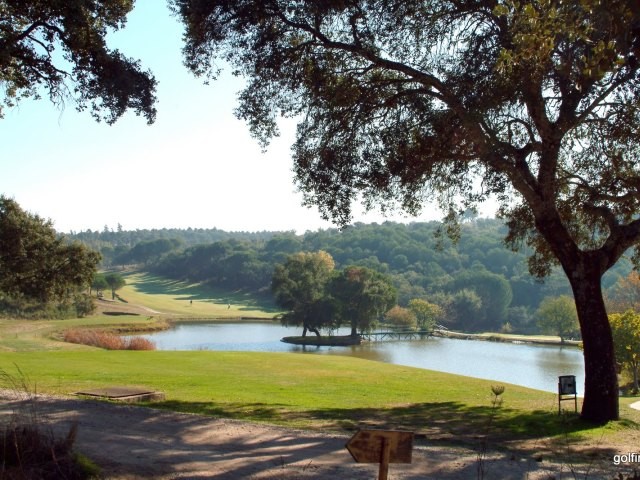
If you head south, to Andalusia, in Cordoba you can look back at the splendour of Moorish culture at the magnificent Great Mosque, and play a few holes whenever you like, at its Country Club. In the neighbouring region of Extremadura you should not miss the wealth of monuments in the historic centre of Cáceres and, of course, Mérida and its Roman Theatre. Later, you should go to Club Don Tello.
In the far northwest of Spain, in the region of Galicia, is Santiago de Compostela and its magnificent Cathedral, the final destination on the famous Way of Saint James. Golf Val de Rois is one of the nearby places to get out the clubs. Still in the north, but now on the eastern coast of Catalonia, you have the chance to visit Tarragona, where you can see its major Roman archaeological site. You can then choose between the Costa Dorada Club, Reus Aigüesverds, the PortAventura Golf Club and Bonmont Terres Noves when it is time to play golf.
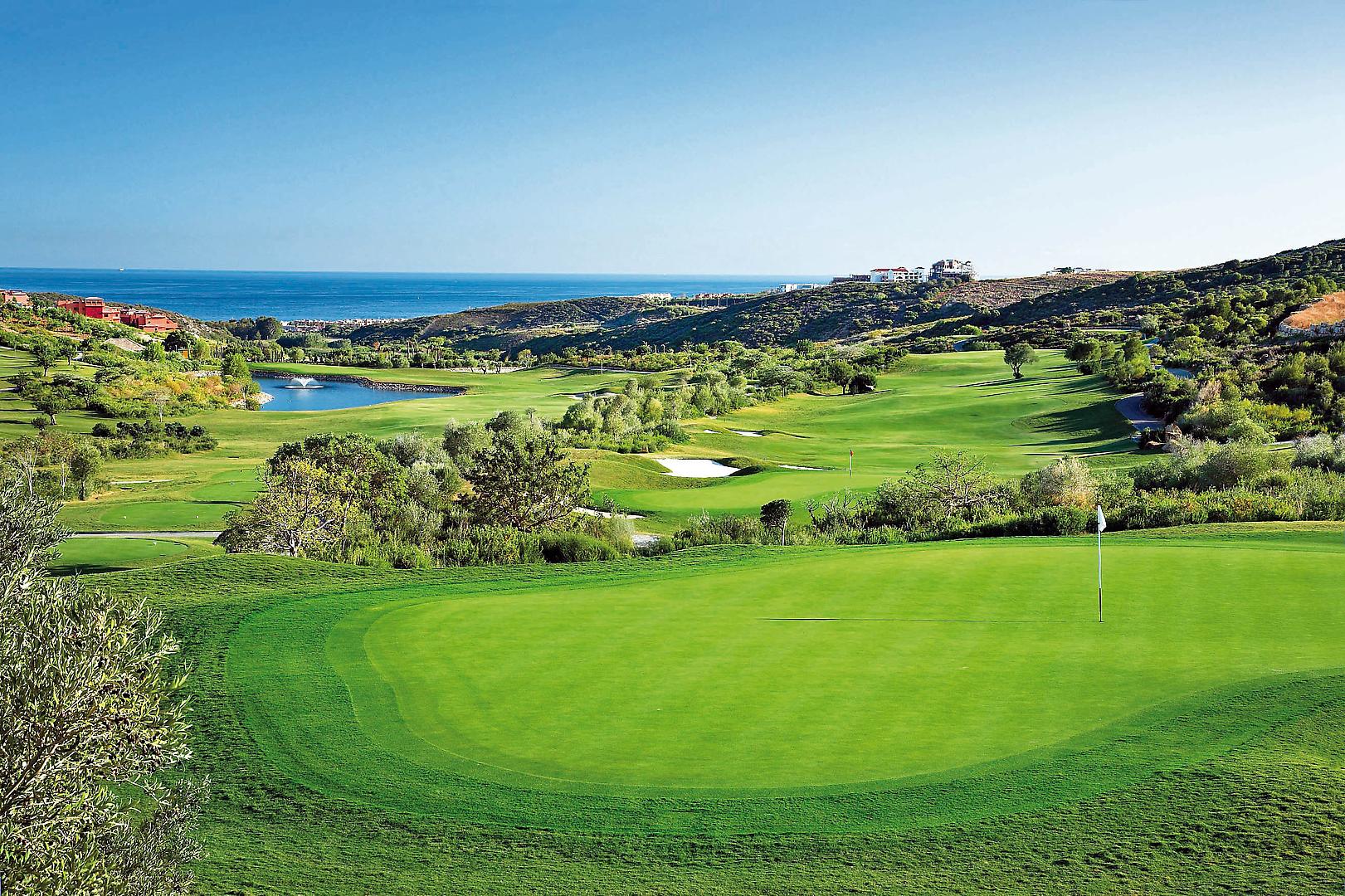
There are World Heritage Cities on the islands, too. In the Balearic Islands, the island of Ibiza is outstanding for its biodiversity and ancient monuments and is also home to the Ibiza Golf Club. In the Canary Islands, on the island of Tenerife, you will find the city of San Cristóbal de la Laguna, with its unique architecture and urban layout. Close by you will find the Real Club de Tenerife. However, just a short distance away you can also enjoy the island's other golf courses.
Try a different kind of holiday, and have great times on and off the green. Play golf, while you discover Spain's World Heritage Cities.
Choose your World Heritage City in Spain
Find your Golf Club
 1
Like
Published at 7:48 PM Comments (0)
1
Like
Published at 7:48 PM Comments (0)
Spam post or Abuse? Please let us know
|
|